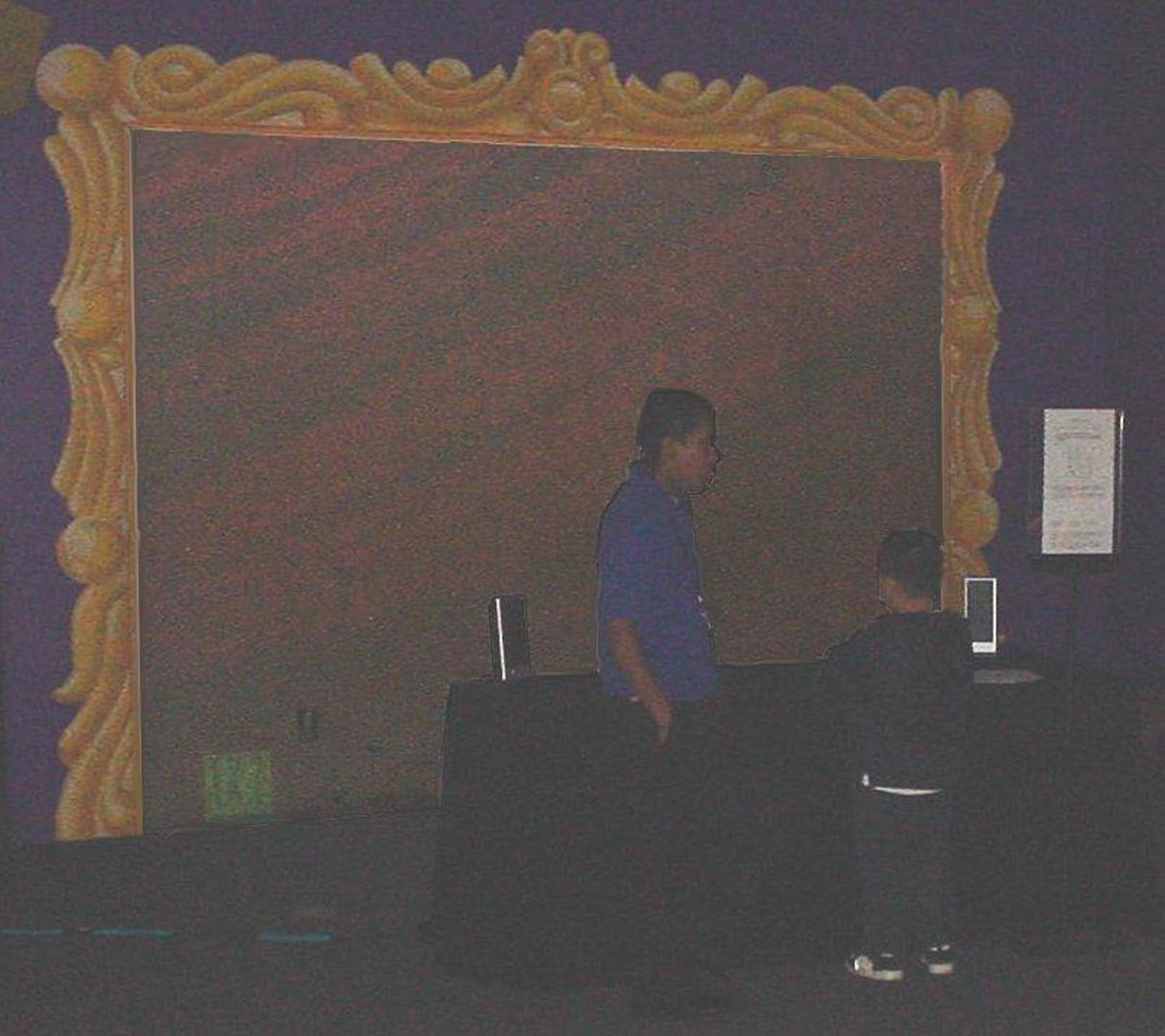“An explorational exhibit of a pig’s heart”
Conference:
Type(s):
Title:
- An explorational exhibit of a pig's heart
Presenter(s)/Author(s):
Abstract:
Coronary heart diseases (CHD) are one of the main causes of deaths in the United States. Although it is well known that CHD mainly occurs due to blocked arteries, many of the specifics of this disease are still subject to current research. It is commonly accepted that certain factors, such as a cholesterol high diet, increase the risk of coronary heart disease. As a consequence, people should be educated to adhere a diet low in low-density lipoprotein (LDL or bad cholesterol). In order for children to become familiar with these facts, educational, explorative computer systems can be employed to raise some awareness. This poster describes an educational computer system for children that serves this purpose. While practicing their navigation skills, the children can learn about the various types of blood cells and particles within the blood stream. A geometric model of the arterial vascular system of the heart has been developed, which considers vessels of different sizes. An interactive fly-through using a standard game controller facilitates the exploration of the interior structure of the vasculature. A blood flow simulation including several different particles within the blood stream allows the young explorer to understand their functionality. This system has been deployed as an interactive museum exhibit for children. The primary age group addressed by the science museum where it is currently being displayed is 4-9 years. With proper guidance by the museum personnel and the instructional material provided at the exhibit the game is also suitable for slightly younger and much older children.The implemented system simulates a submarine-style navigation through the blood stream inside an arterial vascular tree of a heart. The vasculature is based on a computed tomography (CT) scan of a pig’s heart. The user has full control over the navigation by using a Logitech© WingMan® Cordless Rumblepad™ as input device. This controller provides two analog joysticks that can be used to achieve six-degrees-of-freedom input. In this application, the user controls forward and backward movement (acceleration and deceleration) with the left joystick while changing the orientation (left, right, up and down) by using the right joystick. Collision detection with the vessel walls ensures that the vasculature cannot be left. On collision with the vessel wall as well as with any of the particles within the blood stream force feedback is provided by using the rumble feature of the input device. In addition, audio feedback with different types of sounds allows the player to distinguish between the different types of collisions. Consequently, the user has complete manual control over the navigation while visual, audio, and force feedback provided by the system results in an easy to understand assessment of what is happening. This is especially important since the targeted audience are children of a relatively young age.The software is scalable in terms of the physical size of the blood vessel systems and the amount of geometry data that is used to represent it. It can be ported to various virtual environments (VEs). At this point, it has been tested on a regular desktop computer and a large projection screen at the museum site. Especially the projection screen, which was used for the interactive exhibit, allows a user to fully immerse herself/himself into the scene. Overall, this computer system gives hands-on experience of the functions of the circulatory system of the heart and exposes the user to the various particles present in the blood stream. As a museum exhibit, it was very well received by the targeted audience, i.e., by children between the age of four and nine, and beyond. The learning experience in the virtual environment was validated in a conversation during a complementing stage performance, which included a scientist dissecting a real pig’s heart, where the children were asked to identify anatomical parts and discuss the importance of the circulatory system.






